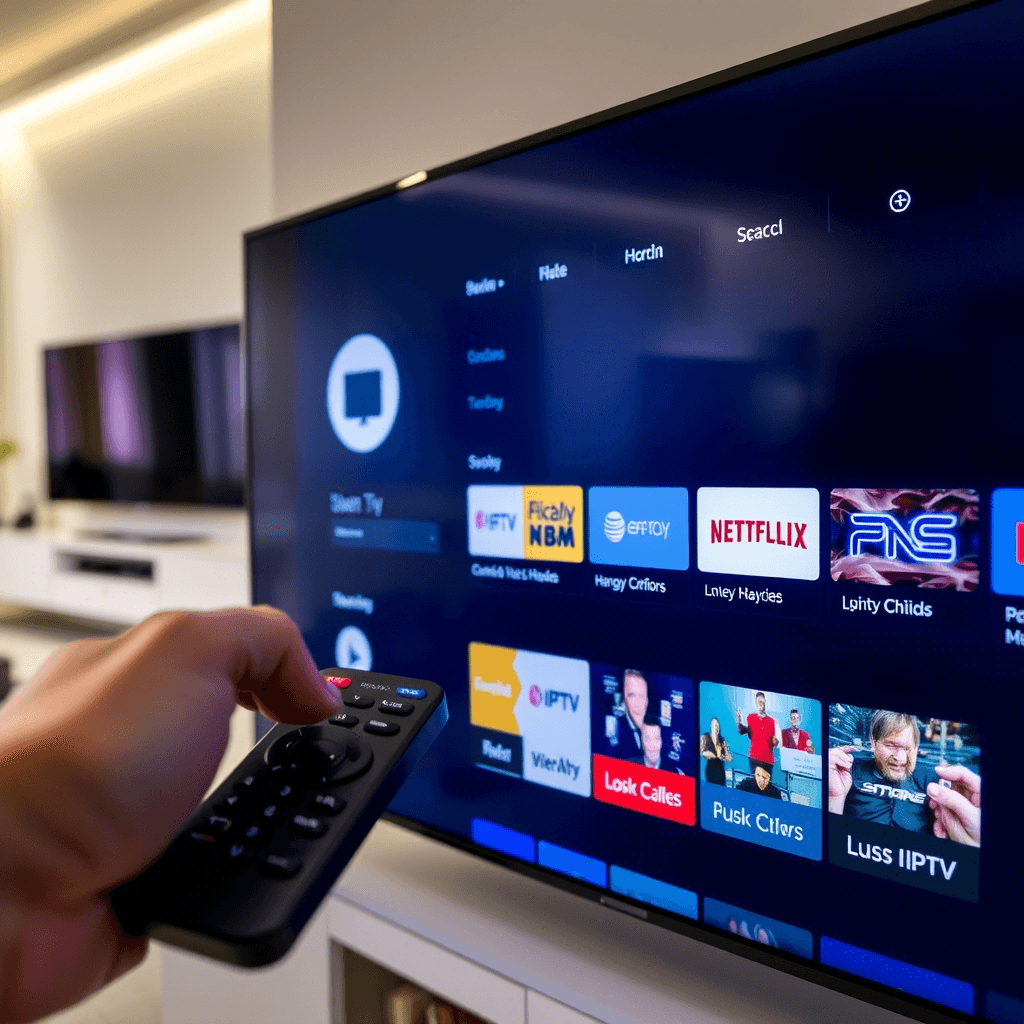
IPTV in the 2010s: A Technological Breakthrough and Mainstream Popularity
How 4K, HDR, Cloud Tech, and Mobile Devices Turned IPTV Into a Mainstream Phenomenon
1. 2010–2015: The Era of 4K and HDR
By 2010, the internet had become faster, and video compression technology had improved significantly. This opened the door for IPTV to reach a whole new level of quality.
Key Milestones:
- 4K Video: The first TVs with 3840×2160 resolution hit the market in the 2010s. Platforms like YouTube (2010) and Netflix (2014) began offering 4K content.
- HDR (High Dynamic Range): This tech, which expands brightness and color range, became a streaming standard (e.g., Dolby Vision, HDR10).
- H.265 (HEVC): A new codec that halved file sizes compared to H.264 while maintaining quality, making 4K streaming viable even on average internet connections.
Example:
Netflix launched its first 4K series “House of Cards” in 2013, and Amazon Prime Video started offering HDR content in 2015.
2. CDNs: How Streaming Services Handled the Load
With IPTV’s rising popularity came a major challenge: how to stream to millions without delays. The solution came in the form of Content Delivery Networks (CDNs) — distributed servers that cache content closer to viewers.
How It Works:
Instead of pulling a show from a central server in California, a CDN node in Moscow or Tokyo delivers a local copy of the video.
Top Players: Akamai, Cloudflare, AWS CloudFront
Example:
In 2014, Netflix launched its own CDN — Open Connect — easing pressure on ISPs and improving streaming quality.
3. Cloud DVR: Recording Without Set-Top Boxes
Traditional TV required set-top boxes with hard drives for recording. IPTV in the 2010s introduced Cloud DVRs — server-side recording services.
How It Works:
Users select a show in the app, and the system records it to the provider’s cloud.
The recording is available from any device, with no storage time limits.
Examples:
- Dish Network’s Hopper (2012): The first commercial cloud DVR.
- YouTube TV & Hulu Live (2017): Platforms that let users record live TV and watch it later.
4. Mobile IPTV: TV in Your Pocket
As smartphones and tablets spread during the 2010s, IPTV adapted to mobile devices.
Trends:
- Optimized for 4G/LTE: Faster mobile internet enabled smooth HD streaming without buffering.
- Apps: Netflix, Amazon Prime, and others launched mobile apps with offline viewing support.
Mobile Streaming Services:
- Periscope (Twitter, 2015): Real-time mobile live streaming.
- Instagram Live (2016): Instant access to live broadcasts.
Stats:
By 2015, 60% of Netflix users were watching content on mobile devices.
5. The Streaming Boom: Netflix, Amazon, and Disney Go OTT
By the mid-2010s, OTT (Over-The-Top) platforms were taking over the IPTV market. Unlike traditional IPTV, OTT worked over any internet connection — no provider required.
Major Players:
- Netflix (2007–2015):
From DVD subscriptions to streaming.
Massive investments in original content (House of Cards, Game of Thrones). - Amazon Prime Video (2011):
Bundled with Prime subscription, a major Netflix competitor. - Disney+ (2019):
Focused on family content (Marvel, Star Wars, Pixar).
Impact on the Market:
By 2020, Netflix had over 200 million subscribers worldwide.
Traditional TV networks started launching their own streaming platforms (e.g., HBO Max, Peacock).
6. Gamers and Esports: A New IPTV Frontier
A new IPTV segment emerged in the 2010s — interactive streaming for gamers.
Examples:
- Twitch (2011): The go-to platform for live game streams.
- YouTube Gaming (2015): Google’s answer to Twitch.
- Esports Platforms: Live tournament broadcasts with millions of viewers.
Key Features:
- Low latency (under 5 seconds)
- Interactive elements (live chat, match voting)
The 2010s in Summary: Why IPTV Went Mainstream
- Quality: 4K, HDR, and improved codecs made streaming equal to or better than traditional TV.
- Availability: Cloud tech and CDNs ensured stable playback even in regions with slower internet.
- Mobility: Viewers shifted from “TV at home” to “watch anywhere, anytime.”
- Content Diversity: OTT and gaming platforms built ecosystems where everyone could find something they loved.
What’s Next?
In the next part of the series, we’ll explore:
- The role of 5G and Wi-Fi 6 in IPTV’s future
- AI-powered personalization and hyperlocalized content
- What lies ahead: AR/VR, the metaverse, and smart device integration
Subscribe to stay updated!







